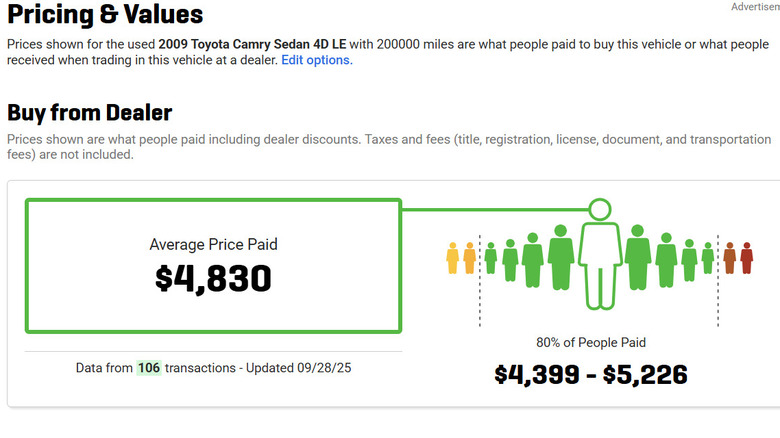How Accurate Are NADA Used Car Values & Are They Free?
Knowing the book value is one of the ways to get more for your vehicle when trading it in or selling it on your own. The National Automobile Dealers Association, or NADA, advertises itself as a resource for consumers to "research new and used car book values, trade-in values, ratings, specs, and photos."
However, thinking that NADA, or any other vehicle pricing guide, provides exact values for every car in every location is one of the big myths about used cars you need to stop believing. The "Legal Disclaimer" section on NADA's website says the organization "makes every effort to present accurate and reliable information" but it "does not guarantee the accuracy" of the information.
That's not to say that the car values listed by NADA Guides are not worthwhile. The values published by NADA Guides are used by car dealers, banks, and others in the automotive industry to set used car prices, vehicle trade-in values, and loan values. While NADA Guides provides information to consumers through its website free of charge, professionals may purchase subscriptions to the information in hard-copy or online forms through J.D. Power Valuation Services, the owner of NADA Guides since 2017.
What factors make NADA used car values inaccurate?
Volatile used car prices are one reason that NADA used car values could be inaccurate. While car brands with the best resale value often have the most stable prices, fluctuations in local markets can be difficult to track. For instance, the trade-in value of a Toyota Camry is likely much different in a city such as Los Angeles, California than it is in Wichita, Kansas.
User error is another factor that can throw off the values listed in NADA Guides. Most people likely know that it's important to enter the correct year, make, and model for the car value under consideration. However, some might not realize that entering incorrect information about the mileage, overall condition, accessories, and trim level of the vehicle can make a considerable difference in the NADA value.
Most of this data, such as mileage, accessories, and trim, is easy enough to verify, but the car's condition is somewhat subjective. Its cosmetic appearance, including painted surfaces, chrome, interior, and window glass, is one factor of its condition. Other factors include worn or uneven tires, odd noises coming from the engine, drivetrain, or suspension, and leaking fluids. Evaluating these factors results in assigning a vehicle into one of three categories for condition, poor, average, or excellent. Depending on how the vehicle is rated, it could result in a valuation difference of several thousand dollars.

